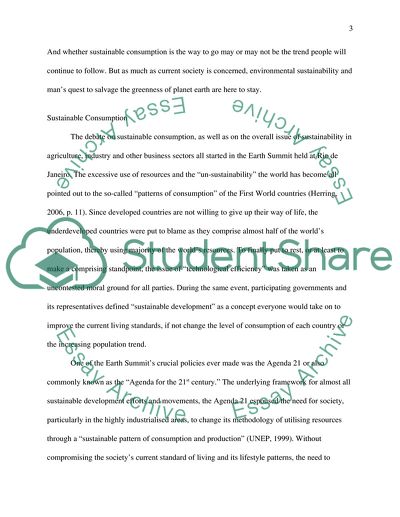Cite this document
(“Environmental Sustainability in 2050: Through Alternative Essay”, n.d.)
Environmental Sustainability in 2050: Through Alternative Essay. Retrieved from https://studentshare.org/miscellaneous/1537836-environmental-sustainability-in-2050-through-alternative-technological-innovation-and-ecological-designs
Environmental Sustainability in 2050: Through Alternative Essay. Retrieved from https://studentshare.org/miscellaneous/1537836-environmental-sustainability-in-2050-through-alternative-technological-innovation-and-ecological-designs
(Environmental Sustainability in 2050: Through Alternative Essay)
Environmental Sustainability in 2050: Through Alternative Essay. https://studentshare.org/miscellaneous/1537836-environmental-sustainability-in-2050-through-alternative-technological-innovation-and-ecological-designs.
Environmental Sustainability in 2050: Through Alternative Essay. https://studentshare.org/miscellaneous/1537836-environmental-sustainability-in-2050-through-alternative-technological-innovation-and-ecological-designs.
“Environmental Sustainability in 2050: Through Alternative Essay”, n.d. https://studentshare.org/miscellaneous/1537836-environmental-sustainability-in-2050-through-alternative-technological-innovation-and-ecological-designs.


